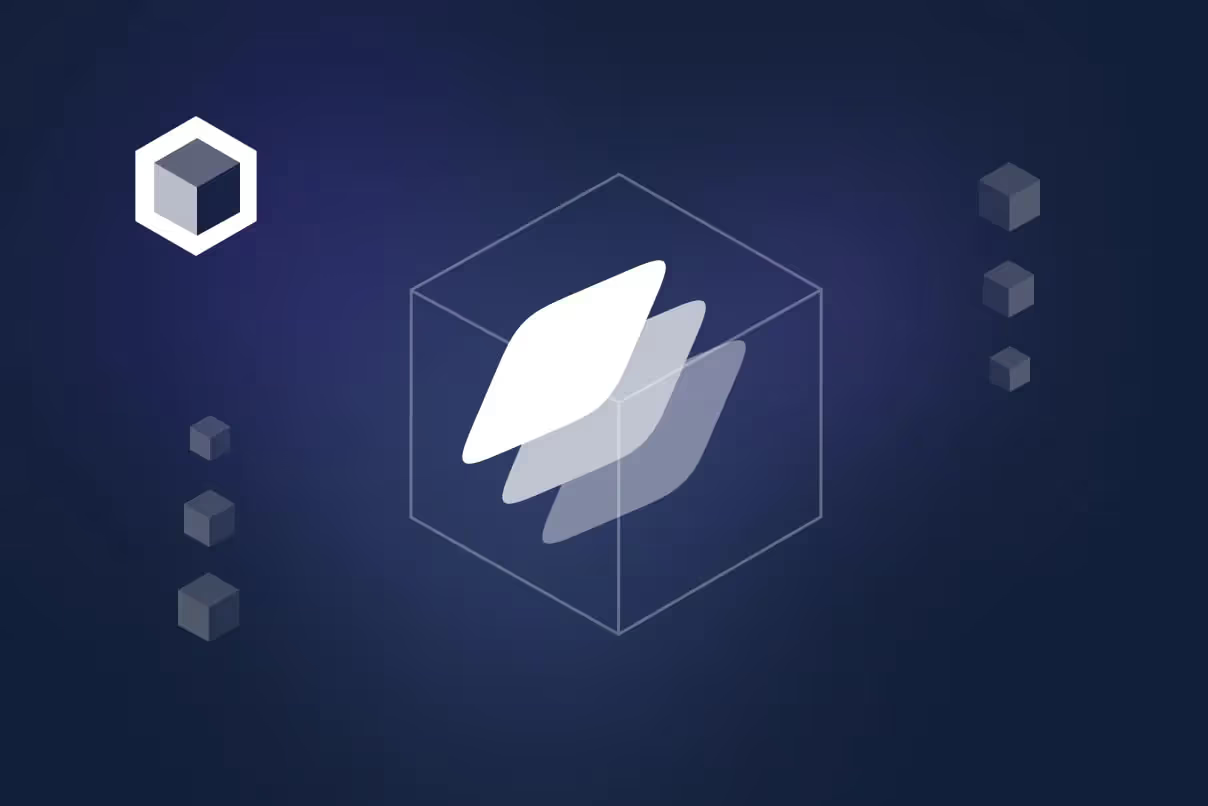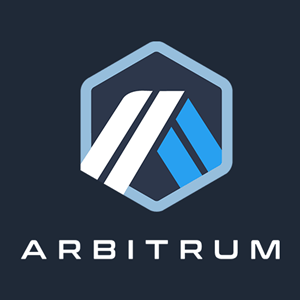Rollups Made Blockchain Simpler
 0xKaushik
0xKaushik
Blockchain technology, like Ethereum, is amazing. As a developer, I always think that how blockchain works and how the transaction is executed in the backend.
When I started learning about the blockchain in 2022, one of the main concepts that came into my learning is layer 2 and rollups. What is L2 ? What is a Rollup ? Is every L2 a Rollup ?

To answer all these questions first let us understand what is L2 ?
What is L2 (layer 2) ?
Layer 2 is another layer below the main blockchain (L1) which is created to process all the transactions more faster and cheaper.
At the end of this blog, you might have some interesting thoughts about rollups.
What Are Rollups?
Imagine you’re at a crowded theme park, and there’s a long line for every ride. Wouldn’t it be nice if you could group people together, so instead of 50 individuals waiting in line, you send them in one big group? That’s what rollups do for blockchains. Instead of handling every transaction one by one, rollups bundle multiple transactions together, process them off-chain, and then submit a summary of these transactions back to the main blockchain.

How Do Rollups Work?
There are two important parts of a rollup:
Off-chain processing: Transactions happen off-chain, meaning they are processed outside the main blockchain. This reduces the load on the main chain, making everything faster.
On-chain verification: After transactions are processed off-chain.A rollup submits the compressed data or a proof back to the main blockchain, which acts as the final validator and security layer.
This way, rollups increase transaction speed and reduce costs still maintaining the security of the main blockchain.
Types of Rollups
There are two main types of rollups: Optimistic Rollups and Zero-Knowledge (ZK) Rollups. Both improve blockchain scalability, but they do it in different ways.
1. Optimistic Rollups
Optimistic Rollups transactions are initially processed off-chain by a operator. This operator bundles the transactions into a batched block and submits the batched block to the main chain, asserting the validity of the multiple transactions. The principal blockchain then confirms the validity proof and publishes the block, finalizing the transactions.
There will be a challenging period for this. If any disputes arise regarding the validity of transactions, The validator will submit a fraud proof to challenge the result. The blockchain will then re-check that transaction.
Example: Arbitrum, Optimism etc

2. Zero-Knowledge (ZK) Rollups
ZK-rollups uses advanced cryptographic techniques known as zero-knowledge proofs to ensure transaction validity without revealing sensitive data. In this model, all transaction data is aggregated off-chain, and only succinct validity proofs are submitted to the main blockchain.
This approach provides enhanced privacy and scalability while maintaining the security and privacy of the underlying blockchain.
Example: zkSync, Starkware.

Why Are Rollups Important?
Speed and Scalability: At a crowded theme park, if each person waited individually, lines would move slowly. But grouping 50 people together speeds things up. Similarly, rollups bundle transactions, processing them in one go, which boosts blockchain speed and scalability.
Lower Fees: When the theme park is crowded, the wait is longer and more expensive (like paying extra for a fast pass). Rollups group people (or transactions) into one “group ticket,” reducing the cost, just as rollups lower gas fees on the blockchain.
Security: Even when you group everyone together for the ride, the theme park still checks the group ticket to ensure safety. Similarly, with rollups, the main blockchain (eg Ethereum) verifies that all bundled transactions are correct, providing strong security while being faster and cheaper.
Summary
Blockchain Rollups are a Layer 2 solution designed to improve transaction speed with lower gas costs by bundling multiple off-chain transactions. This article would have given you a basic understanding of rollups, and their types.
Follow me for to learn more about rollups!!
Subscribe to my newsletter
Read articles from 0xKaushik directly inside your inbox. Subscribe to the newsletter, and don't miss out.
Written by
